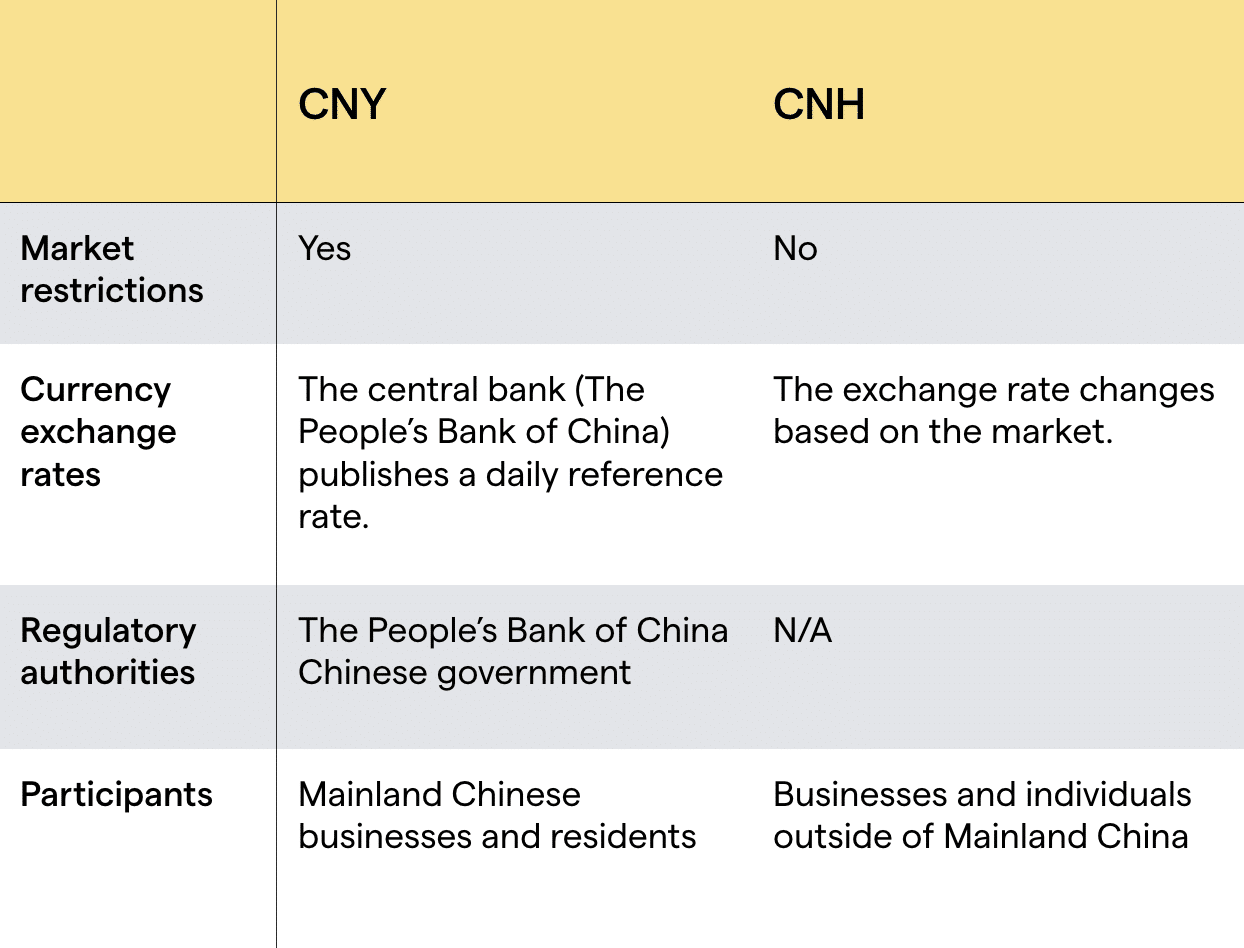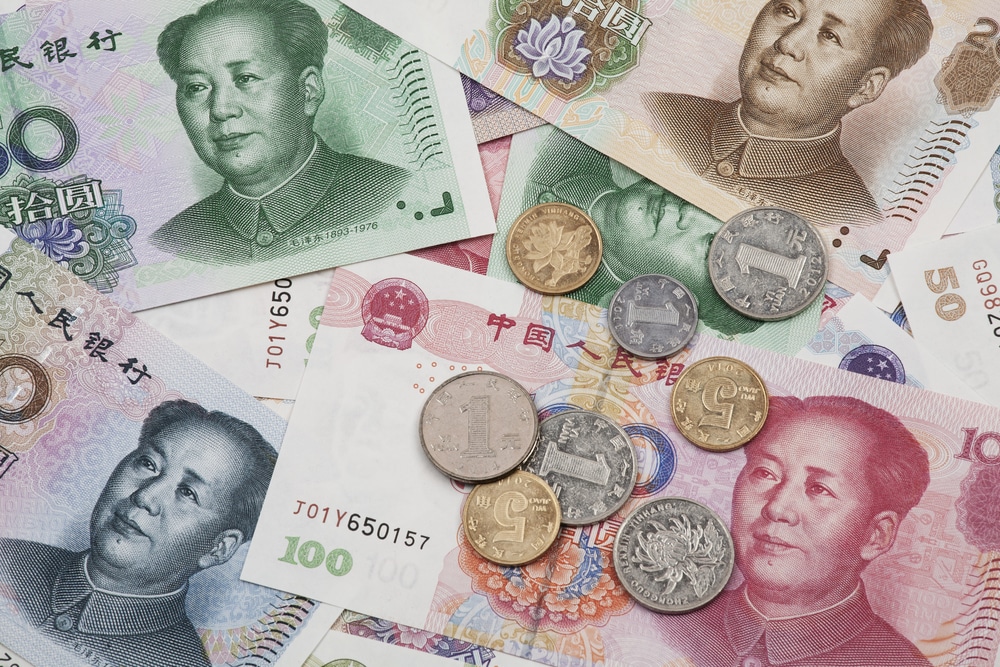There is no doubt that China’s influence in the global economy has been consistently on the rise. The Asian giant rapidly emerged as the 2nd largest economy globally and continues to grow at a rate much faster than most developed economies. It achieved this feat mainly due to its strong exports. China has become a critical part of the global supply chain, and every major economy in the world has China as its top trade partner.
When it comes to global trade, the essential part is the currency. Every trade transaction between two countries also results in a currency transaction. As a result, China’s currency yuan, also known as the renminbi, has become highly influential. But a country like China keeps a tight grip on several aspects of the economy, and its currency is no exception.
The history behind the offshore yuan
About a decade ago, the yuan was available only to Chinese investors, and foreign investors could not transact in the currency. Since the creation of the yuan in 1948 for nearly 60 years, the currency was almost completely isolated from the global markets. So the way transactions were done with Chinese entities was quite complicated. The transactions had to be done in USD, and the exchange rate between CNY and USD was controlled by China and was allowed only for specific deals.
However, things started to change in the 2000s. China was looking to assert more and more dominance in global matters. Having an isolated currency puts it at a major disadvantage on this particular front. In 2008, the global financial crisis brought about huge turmoil in markets across the world. However, China was relatively better off, given its self-isolation in certain economic aspects.
The Chinese government saw this as an opportune moment to open its currency for international investors. It made some incremental steps to make its currency more accessible to outside investors. One of these steps was to create a version of its currency specifically meant to be offered to outside investors. This currency was labelled as the offshore yuan with the symbol CNH.
The symbol of the onshore yuan is CNY which is supposed to represent the Chinese yuan. The term ‘onshore’ effectively indicates that this currency is traded on mainland China. Similarly, the term ‘offshore’ indicates that the currency is traded off the shores of mainland China. The ‘H’ in the symbol CNH is meant to represent Hong Kong. This is because Hong Kong was and continues to be a major global trade hub. Investors looking to participate in Chinese markets typically routed their funds via Hong Kong. So, ‘offshore’ investors would trade via Hong Kong and hence the symbol CNH.
Key differences between onshore and offshore yuan
What is the difference between the ‘onshore’ and ‘offshore’ versions of the currency? Fundamentally, there is no difference. Both CNH and CNY represent the Chinese yuan, and hence, in theory, they should trade at the exact same values.
However, in practice, there are a few key differences between the two that one must keep in mind. The CNY is effectively under the control of the Chinese government. This means that China can decide to value CNY at whatever rate it feels appropriate. The People’s Bank of China (PBoC), China’s central bank, publishes a reference rate for the currency every day. So, CNY can’t deviate significantly from this reference rate.
Below is a table summarising the key differences between CNY and CNH.

The CNH is traded freely in global currency markets as it is available to foreign investors as well. This means that market conditions determine the value of CNH. So, CNH sees multiple fluctuations in its value during the day. But since both CNH and CNY are fundamentally the same currency, this creates arbitrage opportunities for the FX desks. Any deviations between the two are quickly arbitraged away by active FX participants.
Trading perspective
This disparity between CNH and CNY is usually only a few points. For instance, on March 1, 2021, the value of one US dollar was ¥6.61, while the CNH rate was ¥6.59. But the difference can also be as much as 10 per cent, making a big difference in four- or five-figure transactions.
1 Year Chart of USDCNH and USDCNY

If you look at the chart above carefully, you will see one notable difference between the plot of USDCNH and USDCNY. The USDCNH is represented via candlestick charts, while on the other hand, the USDCNY is simply shown via a line chart. This is because, as discussed above, CNY is fixed by the PBoC at 5:17 pm Pacific Time every day.
The reference rate is the central parity of the 2% band established in March 2014. This means that CNY might deviate 1% in either direction but remains in that range.
On the other hand, CNH trades freely, and hence candlesticks are representing its trade showing high, low, open and close. As you can observe, some of the candlesticks are quite long, indicating significant volatility in the price of CNH. This might represent a sizable arbitrage opportunity between the two currencies at times.
However, one needs to be careful with the assumption that CNH will always converge to the price of CNY. As you can see in the USDCNY chart, there have been days when the PBoC has come out with a fixing much different than the previous day.
It might be the case that PBoC is heeding to the market forces on these occasions and adjusting its fixing accordingly. In such cases, CNY will converge to the value of CNH and not the other way round. So, arbitrageurs who might have taken the opposite trade can suffer losses.
